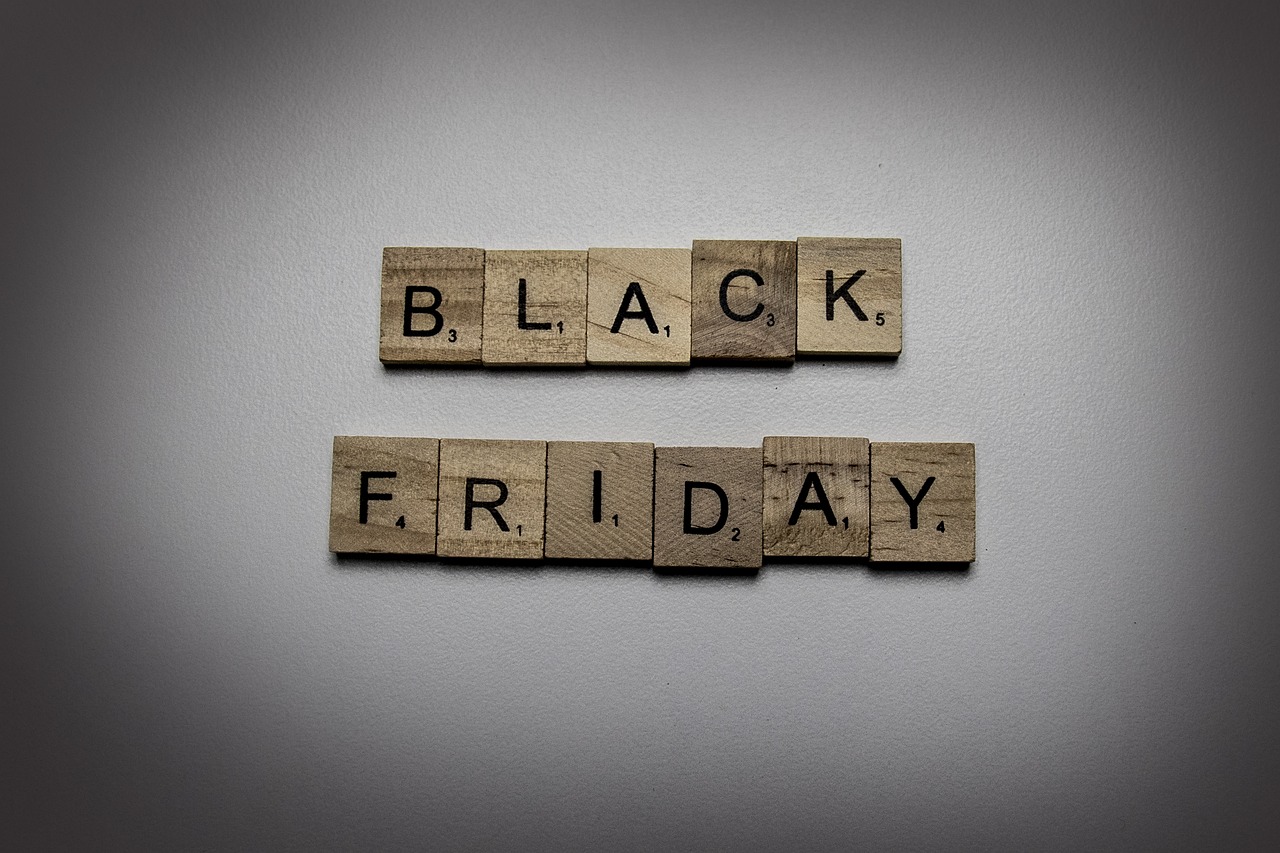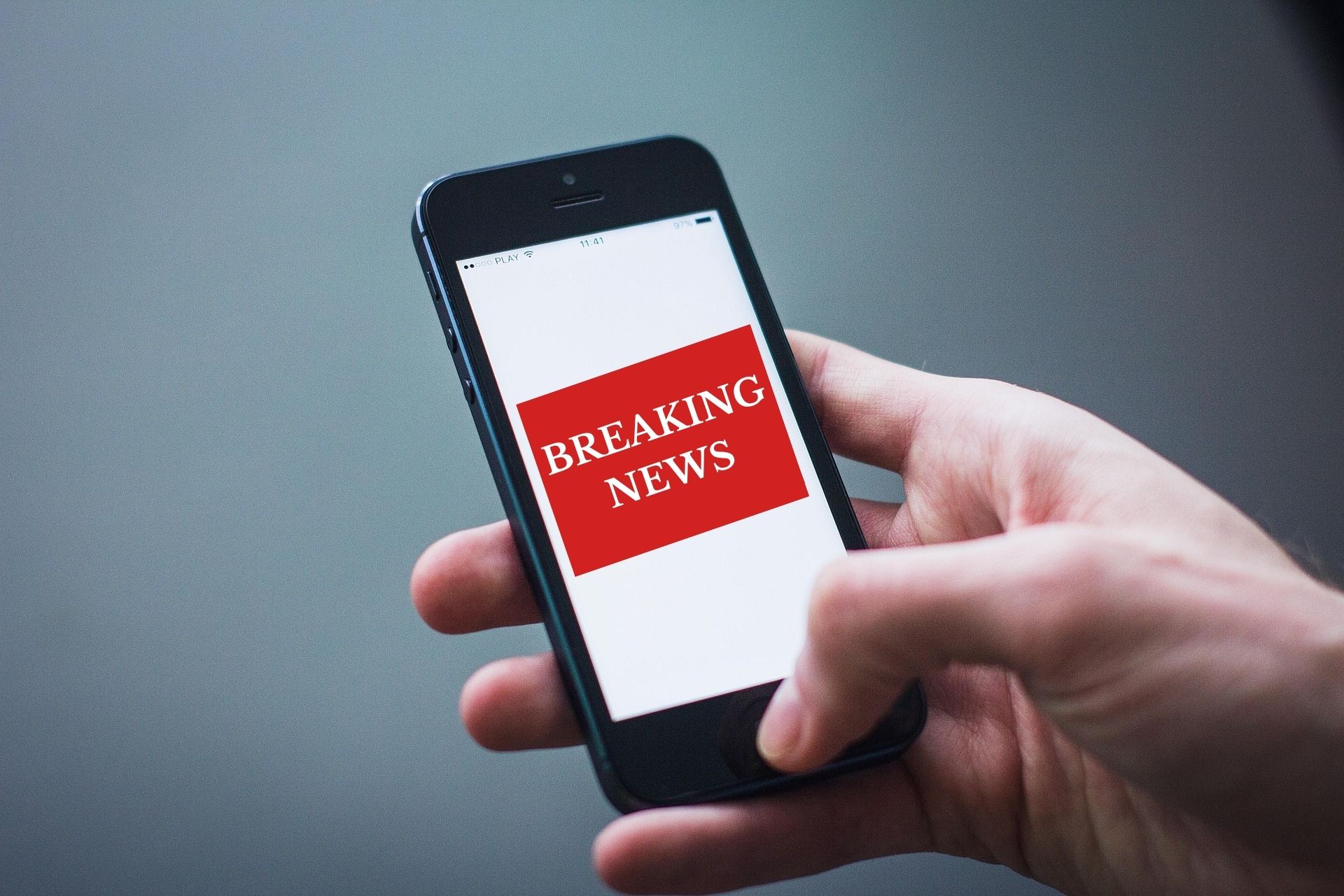6 minutes read
July 5, 2025
Push Notification Best Practices: How to Boost Engagement Without Annoying Users
Push notifications are powerful tools for re-engaging users, but they must be implemented thoughtfully. Poor notification strategies can lead to high opt-out rates and damage your relationship with users. Here's how to get it right.


The Psychology Behind Effective Push Notifications
Understanding user psychology is crucial for crafting notifications that feel helpful rather than intrusive. Users appreciate notifications that provide genuine value, whether through exclusive offers, important updates, or personalized content recommendations.
The key is to think like your users: What information would they want to receive immediately? What would make them grateful for the interruption?

Timing is Everything: When to Send Notifications
The timing of your push notifications can make or break their effectiveness. Research shows that notifications sent at the wrong time have 3x higher opt-out rates compared to well-timed messages.
Optimal Timing Strategies:
- Consider time zones: Always send notifications based on the user's local time, not your company's timezone.
- Respect sleep hours: Avoid sending notifications between 10 PM and 8 AM unless it's truly urgent.
- Analyze user behavior: Send notifications when users are most likely to be active on your app.
- Test different times: A/B test various sending times to find what works best for your audience.
Personalization: Making Every Message Feel Relevant
Generic notifications are the fastest way to lose users. Personalization doesn't just mean adding the user's name—it means tailoring the entire message based on user behavior, preferences, and past interactions.
Effective Personalization Techniques:
- Behavioral triggers: Send notifications based on specific user actions or inactions.
- Segmentation: Group users by demographics, behavior, or preferences for targeted messaging.
- Dynamic content: Use real-time data to create personalized recommendations.
- Location-based messaging: Leverage geolocation for relevant, timely notifications.

Frequency Management: Finding the Sweet Spot
One of the biggest challenges in push notification strategy is determining the right frequency. Send too few, and you miss engagement opportunities. Send too many, and users will opt out or delete your app entirely.
Frequency Best Practices:
- Start conservative: Begin with 1-2 notifications per week and adjust based on user response.
- Use preference centers: Let users control notification frequency and types.
- Monitor engagement metrics: Track open rates, click-through rates, and opt-out rates to optimize frequency.
- Implement smart caps: Set daily/weekly limits to prevent notification fatigue.
Crafting Compelling Content
The content of your notification is just as important as when and how often you send it. Your message needs to be clear, actionable, and valuable enough to warrant the user's attention.
Content Guidelines:
- Keep it concise: Aim for 40-50 characters for maximum impact across all devices.
- Use action-oriented language: Include clear calls-to-action that tell users exactly what to do.
- Create urgency appropriately: Use time-sensitive language only when genuinely relevant.
- Test your copy: A/B test different message variations to optimize performance.

Measuring Success: Key Metrics to Track
To improve your push notification strategy continuously, you need to track the right metrics and understand what they tell you about user behavior.
Essential Metrics:
- Delivery Rate: Percentage of notifications successfully delivered
- Open Rate: Percentage of delivered notifications that users opened
- Click-Through Rate: Percentage of users who took the desired action
- Opt-out Rate: Percentage of users who disabled notifications
- Conversion Rate: Percentage of notifications that led to desired business outcomes
Advanced Strategies for Power Users
Once you've mastered the basics, consider implementing these advanced techniques:
- Rich notifications: Use images, videos, and interactive elements to make notifications more engaging
- Progressive delivery: Send follow-up notifications based on user response to initial messages
- Cross-channel coordination: Integrate push notifications with email and in-app messaging for cohesive campaigns
- Machine learning optimization: Use AI to predict optimal send times and content for individual users
Push notifications remain one of the most effective ways to re-engage users and drive action. By following these best practices—focusing on timing, personalization, frequency, and compelling content—you can create notification strategies that users appreciate rather than resent. Remember, the goal isn't just to get users' attention; it's to provide value that strengthens their relationship with your brand.


.png)



